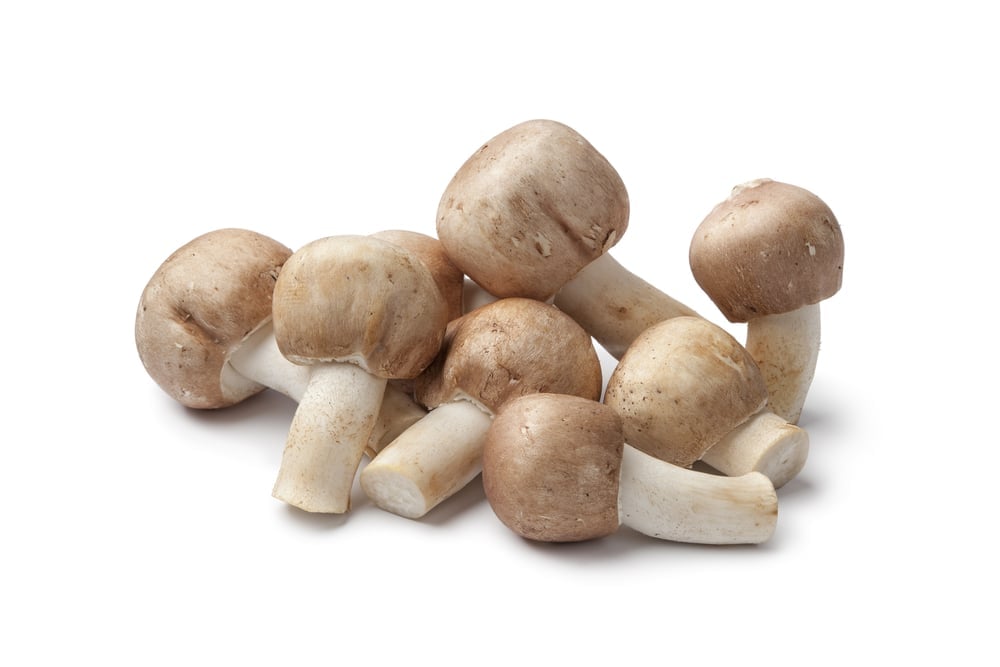
Introduction to Agaricus Subrufescens and Its Amino Acids
Agaricus subrufescens, also known as Agaricus blazei or Agaricus blazei Murill, is a medicinal mushroom widely recognized for its health-promoting properties. Native to Brazil and cultivated extensively in Japan and other countries, this edible fungus contains a rich profile of bioactive compounds, including amino acids, polysaccharides, β-glucans, and lipids. Among these, the amino acids present in Agaricus subrufescens play a crucial role in its biological activities, contributing to immune response modulation, antitumor activity, and overall human health benefits.
Chemical Structure and Composition of Agaricus Subrufescens Amino Acids
The amino acids in Agaricus subrufescens include essential and non-essential types that contribute to the mushroom’s medicinal properties. High-performance liquid chromatography (HPLC) analyses reveal a complex mixture of amino acids alongside polysaccharides and proteins. These amino acids, together with β-glucans and other bioactive molecules, form the molecular basis for the mushroom’s immune-stimulating and antitumor effects. The chemical structure of these compounds, including the main chain and side branches of β-glucans, determines their biological activities.
Cultivation and Raw Materials of Agaricus Subrufescens
Agaricus subrufescens is a cultivated mushroom grown on substrates composed of organic straw, natural fertilizers, and other raw materials. Controlled cultivation ensures high-quality fruiting bodies rich in amino acids and polysaccharides. The cultivation process influences the molecular weight and composition of bioactive compounds, impacting their efficacy in functional foods and natural therapy applications. Proper storage and processing of mushroom extracts and powders are essential to preserve their medicinal properties.
Medicinal Properties and Biological Activities of Agaricus Subrufescens
The medicinal properties of Agaricus subrufescens encompass a wide range of biological activities. Its aqueous extract and hydroalcoholic extracts exhibit significant antitumor activity by inducing apoptosis in tumor cells and enhancing the immune system. The mushroom extract stimulates natural killer (NK) cells, T cells, and macrophages, leading to improved immune function and nitric oxide production. These effects contribute to its use as a natural therapy for cancer patients and in the prevention of bacterial infections.
Immunomodulatory Effects and Immune Response Enhancement
Agaricus subrufescens polysaccharides, proteins, and amino acids synergistically promote immune response by activating various immune cells. The β-glucans and other polysaccharides bind to receptors on macrophages, dendritic cells, and NK cells, leading to cytokine production and enhanced cytotoxic effects against pathogens and tumor cells. Clinical studies demonstrate significant differences in immune parameters in animals treated with mushroom extracts, supporting their role in immunotherapy and functional foods.
Antitumor Activity and Cancer Patient Support
Research indicates that Agaricus subrufescens exhibits antitumor activity through multiple mechanisms, including immune system activation, inhibition of tumor growth, and induction of tumor cell apoptosis. The mushroom’s lipid fraction, including fatty acids such as linoleic acid, also contributes to its anticancer effects. Clinical trials with cancer patients report improved quality of life and immune markers following supplementation with Agaricus blazei Murill extracts, highlighting its potential as a complementary treatment.
Safety, Toxicity, and Pharmaco-Toxicological Considerations
While Agaricus subrufescens offers numerous health benefits, attention must be given to pharmaco-toxicological problems such as the presence of agaritine, a phenylhydrazine derivative with potential toxicity. Studies emphasize the need to monitor heavy metals and other contaminants in mushroom products to ensure safety. Proper extraction methods and quality control of food supplements are crucial to minimize risks and maximize therapeutic effects.
Applications in Functional Foods and Dietary Supplements
Agaricus subrufescens is increasingly incorporated into functional foods and dietary supplements due to its rich content of amino acids, polysaccharides, and other bioactive compounds. Its dietary fiber content supports metabolic health, while mushroom extracts enhance immune system function. The mushroom’s use in natural therapy and as a food supplement aligns with growing interest in edible fungi for human health and disease prevention.
Conclusion: Real Clinical Benefits and Future Research Directions
The accumulated evidence supports the medicinal mushroom Agaricus subrufescens as a valuable source of amino acids and bioactive compounds with immunomodulatory and antitumor properties. Although promising, further rigorous clinical studies are needed to establish real clinical benefits, optimize extraction methods, and address safety concerns. Continued research will clarify its role in natural therapy, functional foods, and support for cancer patients and immune health.
Masterful Display
Each and everyone of our products are deeply considered, labored over, and improved upon time and time again. We invite you to experience the difference of our carefully crafted small batches of herbal support items. Whether it be our tea line, produced for a delightful experience, or our tincture blends and extracts, we have what you need.

